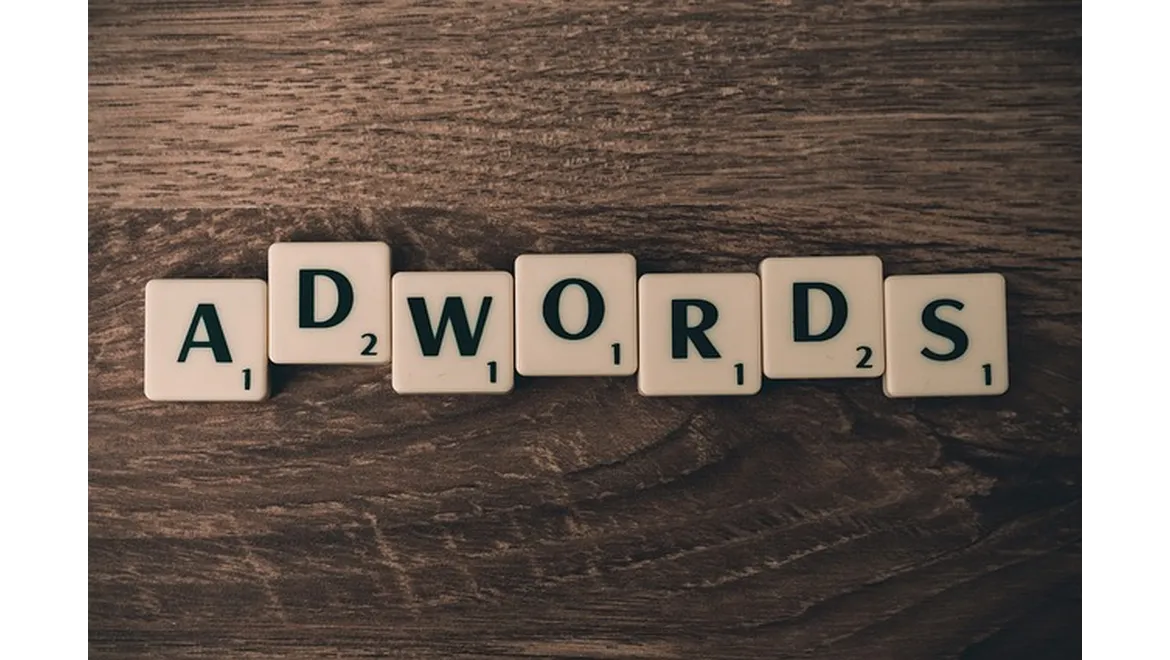In the dynamic realm of digital marketing, Google perpetually stands at the cutting edge, innovating to enhance user experience and uphold transparency. On September 11, 2024, Google unveiled its latest experimental feature: a more prominent ad label in search results. This update introduces a taller gray background for ads, coupled with a “Sponsored” label and descriptive subtitles like “Promoted products” or “Promoted results.” This initiative represents a marked shift from Google’s previously subtle labeling practices. This article examines the nuances of this design shift, its potential ramifications, and its significance for both users and advertisers.
The revised ad label design represents a clear deviation from Google’s historical approaches. Key elements include a taller gray background that makes ads more conspicuous against organic search results, a distinct “Sponsored” label that transparently denotes paid content, and subtitles that provide additional context about the nature of the advertisements. Moreover, Google now labels the section following the ads as “All results,” distinctly separating organic listings from sponsored content. These modifications are crafted to bolster transparency, ensuring users can seamlessly distinguish between paid and organic content.
Several factors likely drove Google’s decision to experiment with this new ad label design. Primarily, Google is focused on continuously refining user experience. By making ads more noticeable, the aim is to mitigate confusion and ensure users can readily identify sponsored content. Furthermore, in an era where digital transparency is paramount, this move aligns with the burgeoning demand for clear and honest advertising practices. The new design fosters trust by unequivocally indicating which results are paid for. Additionally, advertising standards, particularly in regions like the EU and the U.S., mandate clear differentiation between ads and organic content. The updated design helps Google remain compliant with these regulations. Lastly, by addressing the phenomenon of “ad blindness,” where users subconsciously ignore ads, the redesigned label aims to capture user attention more effectively and enhance engagement with sponsored content.
For advertisers, the implications of this new ad label design are multifaceted. The heightened visibility of ads could potentially lead to an increase in click-through rates (CTR), as users who previously overlooked ads might now be more inclined to engage with them. However, with increased visibility comes the necessity for advertisers to ensure their ad content is highly relevant and valuable, maintaining user trust and driving conversions. Advertisers will need to closely monitor key performance metrics such as CTR, conversion rates, and bounce rates to gauge the impact of the new design and refine their strategies accordingly. If the new design proves effective in driving higher engagement, competition for prime ad positions could intensify, necessitating adjustments in bidding strategies and budgets.
From a user standpoint, the new ad label design aims to foster a clearer and more transparent search experience. The taller gray background and “Sponsored” label make it easier for users to distinguish between ads and organic results, reducing the likelihood of inadvertent clicks. Clear labeling empowers users to make more informed decisions about which links to engage with, fully aware of which results are sponsored and which are organic. By clearly demarcating sponsored content from organic results, Google endeavors to provide a more seamless and enjoyable search experience, enhancing overall user satisfaction.
Google’s experiment with more noticeable ad labels in search results signifies a substantial stride towards enhancing transparency and user experience. The introduction of a taller gray background, a distinct “Sponsored” label, and informative subtitles is designed to make ads more distinguishable from organic content. This initiative carries significant ramifications for both advertisers and users, potentially boosting engagement with ads while ensuring users can effortlessly identify sponsored content.
As Google continues to test and refine this new design, advertisers must vigilantly track their ad performance metrics and adapt their strategies accordingly. For users, the updated design promises a clearer and more transparent search experience, enabling them to make more informed decisions about which links to click on. Ultimately, this experiment underscores Google’s commitment to balancing ad visibility with user trust and transparency in the constantly evolving digital landscape.











